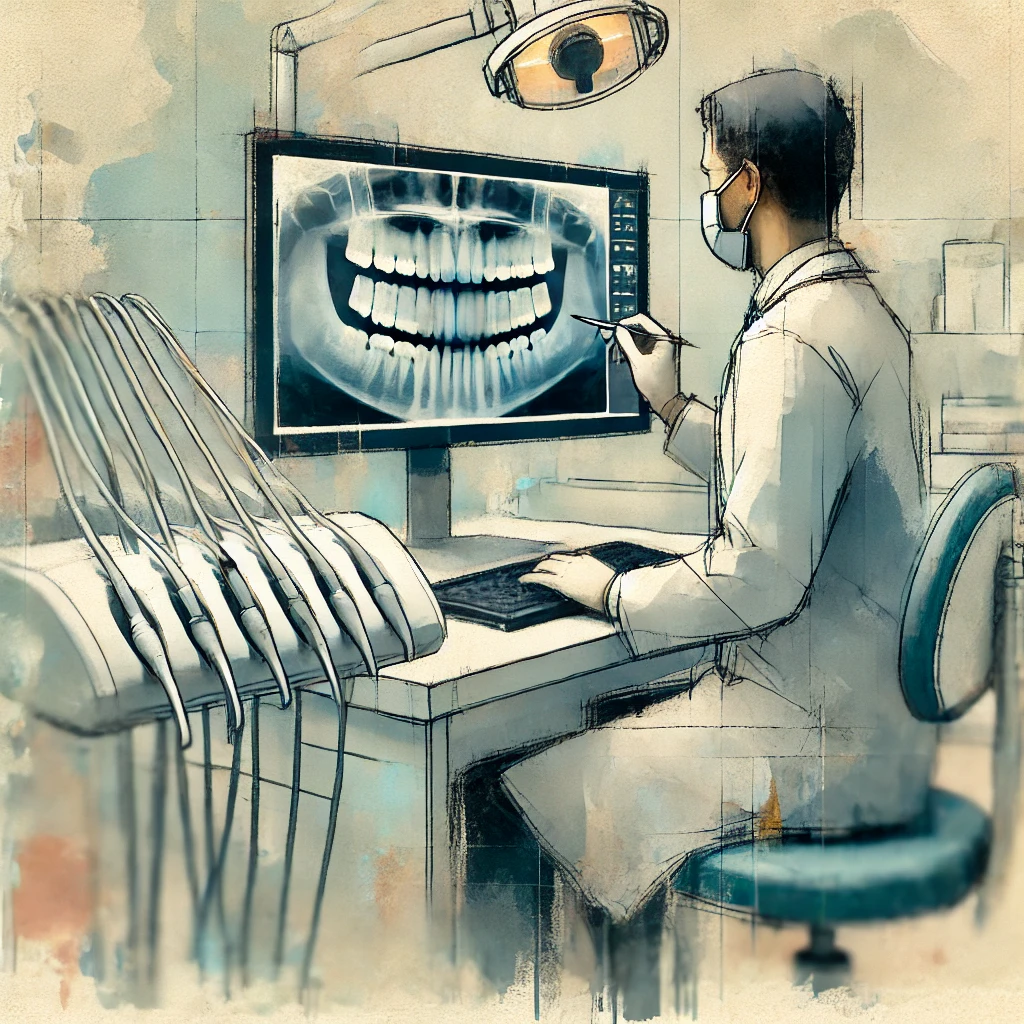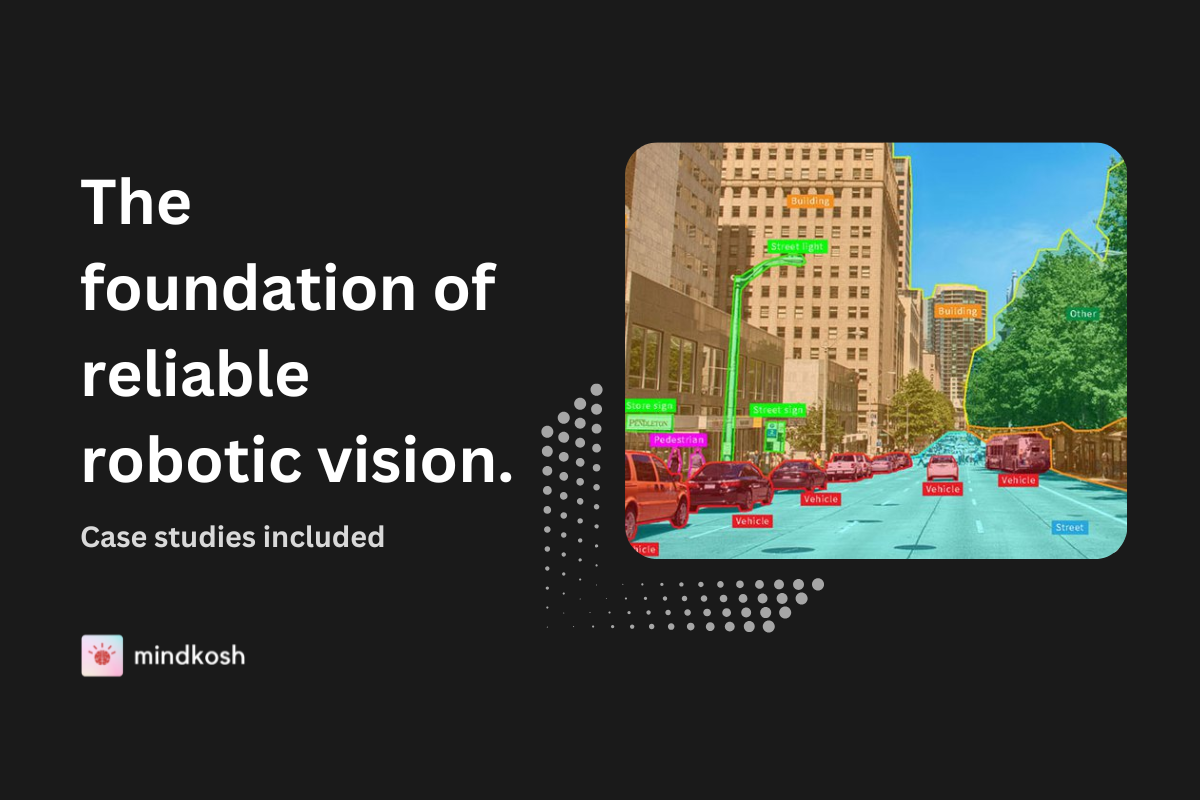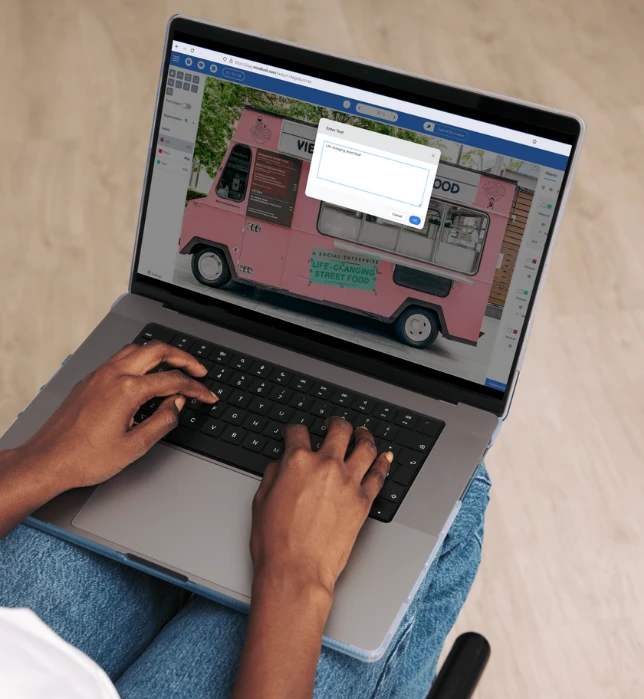What is Pose Estimation?
Pose estimation refers to detecting and tracking the position and orientation of specific elements, such as human body parts, in images or videos. For example, imagine you have a photo of a person sitting down - pose estimation algorithms can evaluate the image and figure out where the person's head, arms, legs, and other body parts are as well as, in which position they are relative to each other.
There are different types of pose estimation methods tailored to address specific needs. Human pose estimation helps in applications like activity monitoring to identify and track key body parts. Head pose estimation, on the other hand, determines the orientation of human heads and animal pose estimation examines the movements of different species.
What is Human Pose estimation?
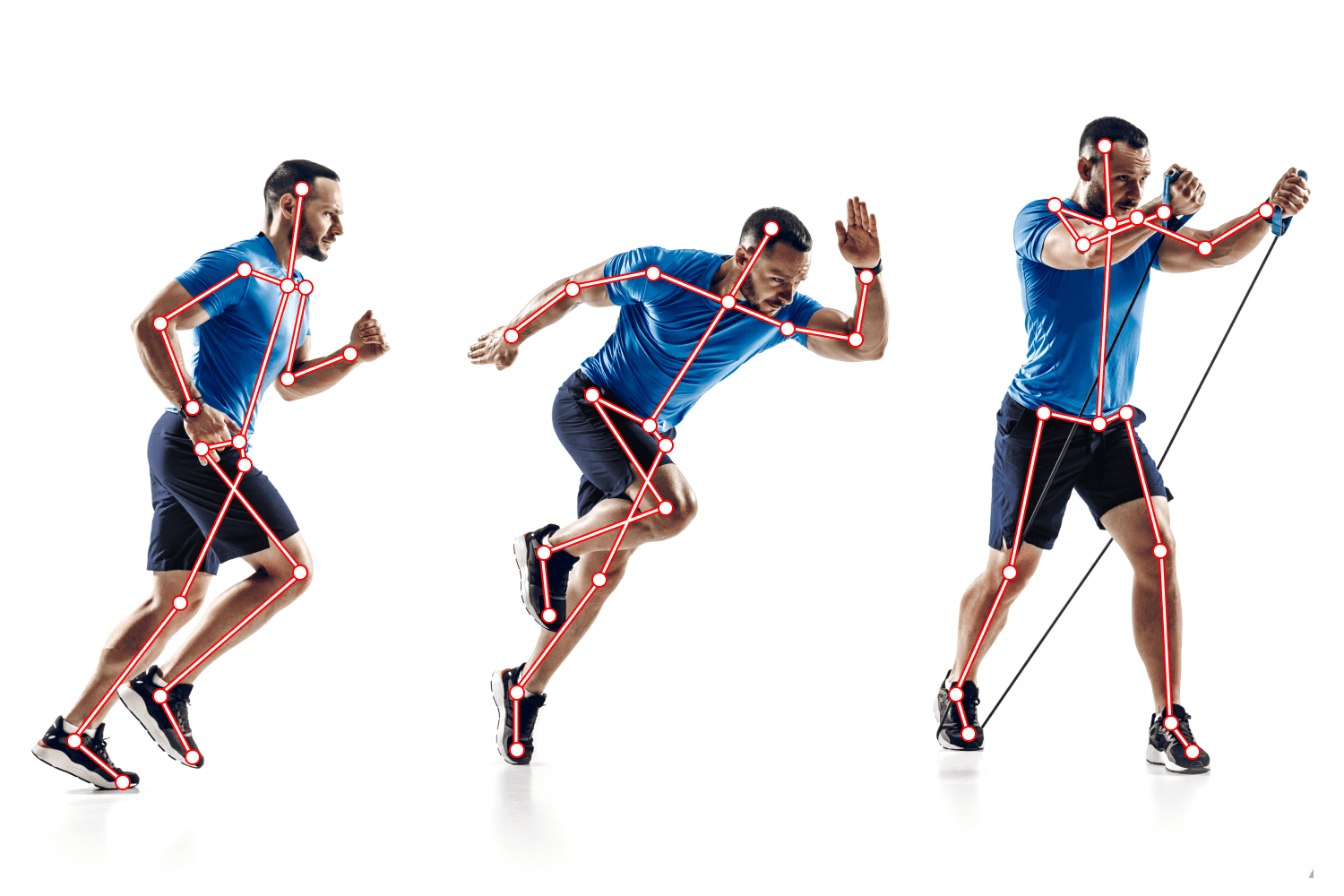
Human pose estimation is a computer vision task used to detect and locate keypoints on the human body and extract the skeletal structure connecting these keypoints. These can then be used to identify specific body parts such as the head, shoulders, elbows etc. The general Pose estimation process looks something like this:
Input Processing
First, a the ML model, usually based on a CNN, detects features such as edges, textures, and patterns from the input image.
Keypoint Detection
The model outputs a set of heatmaps, one for each keypoint (e.g., head, shoulders, elbows, wrists). This heatmap indicates the likelihood of a keypoint being at a particular location in the image.
Pose Construction
The detected keypoints are connected to form the skeletal structure of the human body. Methods like Part Affinity Fields (PAFs) help in associating the keypoints correctly, even in images with multiple people or complex poses.
2D Human Pose estimation
2D Human Pose estimation deals with identifying key points of a human body, such as joints, in a flat, 2D plane, with the goal of localizing these points on a 2D image or video frame. As mentioned earlier, techniques like CNNs are commonly used to predict joint locations accurately. Heatmaps are often used to represent these key points, where each pixel indicates the likelihood of a specific joint being at that position. While 2D estimation is faster and less computationally heavy compared to 3D, it has some limitations—especially pertaining to understanding depth or dealing with occlusions. You can get reasonably good results for simple activities like walking or sitting, but complex poses with overlapping limbs tend to be more challenging.
3D Human Pose estimation
In contrast, 3D pose estimation aims to recover the 3D positions of keypoints in the real-world space to enable a more comprehensive understanding of human pose and movement. Instead of just pixel coordinates, the model predicts x, y, and z coordinates, which provide depth information. This requires additional information to accurately reconstruct the 3D pose of the human body, such as camera calibration parameters or depth data from depth sensors.
While 3D pose estimation provides richer spatial information and can be helpful for applications like motion capture and improve reality but it often needs higher computational complexity and are more sensitive to errors in camera calibration or depth estimation.
Keypoint and skeleton detection

Keypoint detection
Keypoint detection and skeleton detection are core components of pose estimation systems. In keypoint detection, the focus is on identifying joint positions like elbows, knees, and wrists from an image or video. These keypoints serve as landmarks that provide the ML model with an understanding of how the human body is structured in the image. The more accurately the keypoints are detected, the better the pose estimation model can interpret human movement.
Skeleton detection
Once the keypoints are identified, Skeleton detection connects these points to form a skeleton or stick-figure representation of the human body. This can be thought of as drawing lines between the already detected joints, for example connecting the shoulder to the elbow, the hip to the knee, etc. This skeletal structure gives a clear representation of the body's pose, allowing for further analysis like tracking movement patterns or understanding posture over time.
Deep Learning based Pose estimation techniques
Modern pose estimation algorithms involve Deep learning techniques, such as Convolutional Neural Networks (CNNs) for learning and extracting features directly from data. These can largely be divided into two categories:
Top-Down Approaches
In top-down approaches, the image is first segmented into regions of interest, such as individual persons, and then pose estimation is performed on each region separately. This approach is computationally efficient and robust to occlusions but may struggle with detecting multiple people in crowded scenes.
Bottom-Up Approaches
Bottom-up approaches detect keypoints independently across the entire image and then group them into coherent poses. While this approach is more flexible and capable of handling crowded scenes, it can be computationally expensive and less accurate in detecting fine-grained details.
Machine Learning models for pose estimation
Here are some of the most popular ML models that have set benchmarks across a variety of Pose estimation tasks.
OpenPose
OpenPose is one of the most well-known models for human pose estimation and can detect multiple people in an image or video and estimate their poses at the same time. Here are the most important features of the ML models.
Multi-Stage CNN
OpenPose uses a multi-stage CNN to first detect key points and then refine their locations.
Part Affinity Fields (PAFs)
These fields encode the spatial relationships between key points, allowing the model to associate key points correctly even in crowded scenes.
OpenPose's ability to handle multi-person perception makes it highly versatile for applications such as sports analysis, surveillance, and interactive media.
PoseNet
Posenet is a real-time pose estimation model designed for single-person detection and known for its lightweight architecture which makes it suitable for mobile and embedded devices. Key features include:
MobileNet Backbone
It uses MobileNet as a backbone network, which is optimized for speed and efficiency without sacrificing accuracy.
Heatmap Regression
The model outputs heatmaps for each key point, which allows precise location of joints.
PoseNet's efficiency makes it ideal for applications that require real-time processing, such as augmented reality (AR) and virtual reality (VR).
AlphaPose
AlphaPose is another state-of-the-art model that focuses on high-precision pose estimation. It combines several advanced techniques to improve accuracy and robustness:
Regional Multi-Person Pose Estimation (RMPE)
This method breaks down the pose estimation task into region proposals, enabling more accurate multi-person perception.
Pose-Guided Proposals Generator (PGPG)
They generate pose proposals, which are then concentrated to improve keypoint detection.
AlphaPose excels in scenarios requiring high accuracy and detail, such as motion capture, animation, and detailed human-computer interaction tasks.
YOLOv7 Pose
YOLOv7 Pose builds on the YOLO family of object detection models but focuses on human pose estimation. It introduces the ability to predict key points of the human body, such as joints, while maintaining the speed and efficiency YOLO is known for. YOLOv7-Pose uses a single-stage architecture to detect objects and estimate poses in real-time, making it suitable for tasks where speed is critical, like live video analysis. YOLOv7 Pose stands out by balancing accuracy with performance, especially in applications that require both object detection and pose estimation simultaneously without compromising frame rates.
In addition to the ML models described above, an Open-source framework called MediaPipe deserves a mention as well. MediaPipe Pose is a Machine learning framework developed by Google for real-time human pose estimation. It is part of the larger MediaPipe library, which provides solutions for different machine learning tasks such as face detection, hand tracking, and object detection.
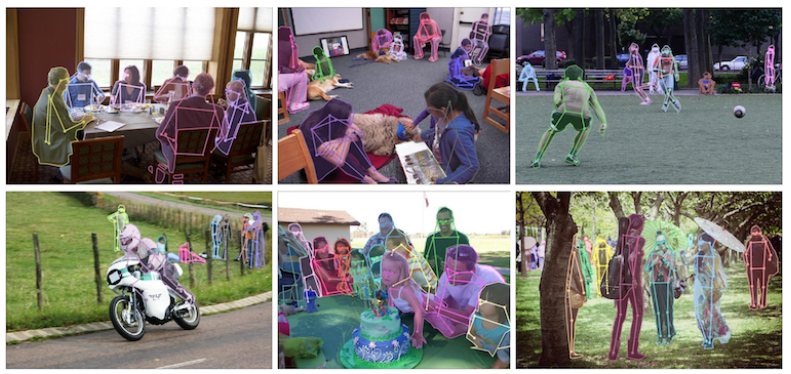
Open datasets for Pose estimation
With the rising number of use-cases for Pose estimation, several publicly available datasets have been released in the past few years. Here are some of the most popular datasets available for various Pose estimation tasks.
COCO Pose Dataset
The popular COCO (Common Objects in Context) dataset also provides a subset of images annotated with 17 keypoints for human pose estimation, covering a wide range of real-world scenarios. It’s widely used in both 2D human pose estimation and object detection tasks. The annotations include keypoints like elbows, knees, and other joints for multiple people in each image. You can get more information about the COCO Pose dataset here.
MPII Human Pose Dataset
MPII is a state-of-the-art dataset for human pose detection, that comprises of video frames extracted from Youtube videos. It focuses on 2D human pose estimation with over 25,000 images covering a wide range of everyday human activities. Each person is annotated with up to 16 body joints. This dataset is known for its detailed annotations and variety of poses. You can access the dataset here
Human3.6M
Human3.6M is one of the largest datasets for 3D human pose estimation constructed by capturing images of actors in pre-defined setup. It contains millions of frames, with 3D human joint positions captured by a multi-camera setup and synchronized with accurate motion capture data. It is an especially valuable resource if you are looking for datasets on 3D pose estimation. You can access the dataset here
LSP (Leeds Sports Pose) Dataset
The LSP dataset contains 10,000 images of people in sports poses, gathered from Flickr, and annotated with 14 body keypoints. It’s commonly used as a benchmark for evaluating 2D human pose estimation models, particularly in sports and action-related scenarios.
Annotation for Pose detection
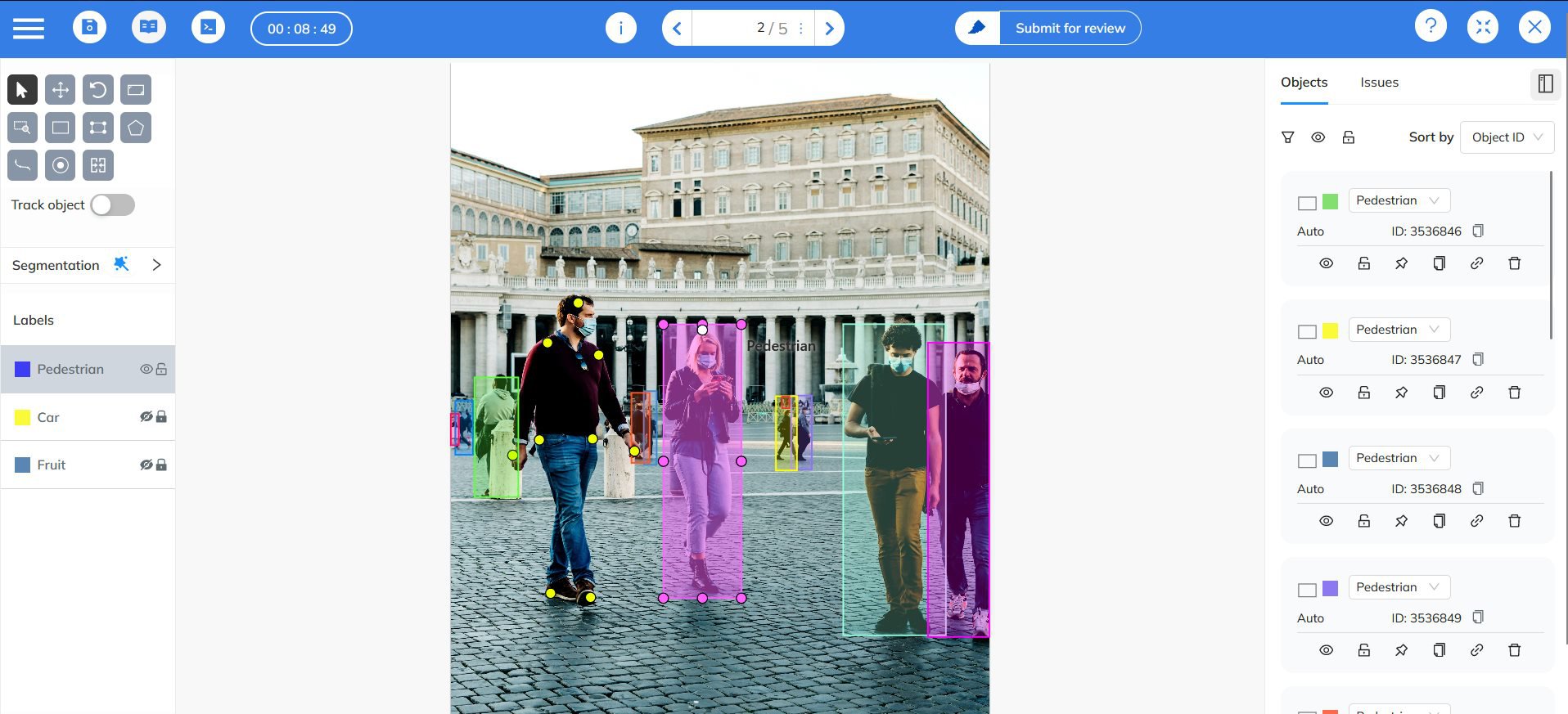
Using publicly available datasets can be a good start, and can even work in the real-world for specific limited use-cases. However, if you want to use Pose estimation for your own use-case or need better performance than that provided by open-source models, the first thing you need to do is to setup a data pipeline. A typical data pipeline starts with Data collection. Depending on your requirements, it can then involve steps like pre-processing, curation etc. However, the most critical part of the pipeline is Data annotation. In order to train Machine Learning models for Pose estimation, or any other Computer vision task, high quality labeled datasets are a key requirement. Annotation for Pose detection involves two annotation techniques - Keypoint annotation and Skeleton annotation. While you will certainly require key-point annotation, you may or may not require skeleton annotation.
Regardless of the method chosen for annotation, the most critical piece of the data annotation process is maintaining High quality annotations across the entire dataset. A good annotation tool can be specially helpful here, as it can help you setup a Quality assurance pipeline on the platform itself. Mindkosh's image annotation tool, for example allows setting up both Honey-pot and multi-annotator labeling to ensure consistent, high quality annotated datasets.
Use cases for Pose Estimation applications
Healthcare
Pose estimation can be used for patient monitoring, physical therapy, and recovery by accurately tracking movements of the patients. It is also helpful in evaluating mobility, diagnosing issues, and creating bespoke treatment plans.
Sports Analytics
In sports, pose estimation is used to analyze athletes' movements and optimize performance. Coaches can use the analysis to gain insights into player movements, techniques etc. and improve training efficiency. In addition, analysis of the players' body movements can help medical teams to diagnose potential issues.
Robotics
Pose estimation can help robots interact with their environment by recognizing human movements and body positions. For example, robots can track worker movements in industrial settings to assist with tasks, ensure safety, or work collaboratively without direct human control. In more advanced use cases, pose estimation can also enable robots to mimic human actions, for use-cases like tele-operation, where a human operator can remotely control the robot through his body movements.
Human-Computer Interaction
Pose estimation can provide new Human Computer Interaction methods by allowing users to control devices through body movements. This can be very helpful in areas like gaming, fitness apps, or VR applications, where pose estimation enabled gesture control can provide a more immersive experience.
Entertainment and Media
Pose estimation is widely used in the entertainment industry for motion capture - for both - films as well as games - to create more realistic character animations and improve the visual storytelling experience.
Surveillance and Security
Pose estimation improves surveillance systems by identifying suspicious behaviors and understanding crowd dynamics. It can also enhance the accuracy of existing security measures by detecting potential threats.
Retail and Marketing
Retailers can use pose estimation to analyze shopper behavior and optimize store layouts. Another exciting use-case is Virtual fitting rooms - which can be used to enhance the online shopping experience by allowing customers to try on clothes virtually.

